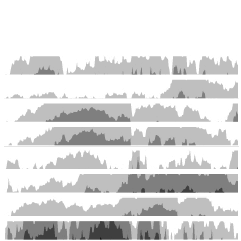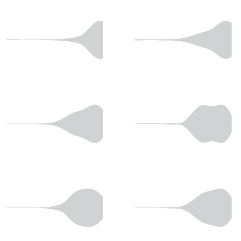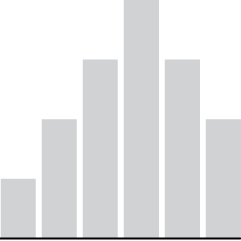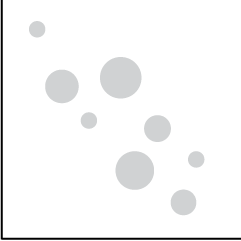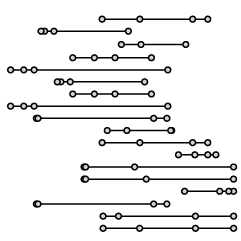FlowingData continues to grow at a faster and faster rate each month, and I have you, FD reader, to thank. Thank you for emailing your friends, tweeting and retweeting posts, sharing via Digg, del.icio.us, Facebook, etc, and sending in post suggestions. FlowingData would not be the same without you and not nearly as interesting.
I’d also like to thank FlowingData sponsors who help me keep this little ol’ blog of mine running smoothly. Contrary to popular belief, FlowingData isn’t a big design firm or even a group of people. I’m just one graduate student trying to finish a dissertation, and FlowingData would not be possible without the sponsors. I hope you will help me thank them by checking out the visualization tools they have to offer.
IDV Solutions — Create interactive, map-based, enterprise mashups in SharePoint.
NetCharts — Build business dashboards that turn data into actionable information with dynamic charts and graphs.
Tableau Software — Data exploration and visual analytics for understanding databases and spreadsheets that makes data analysis easy and fun.
InstantAtlas — Enables information analysts to create interactive maps to improve data visualization and enhance communication.
Eye-Sys — Comprehensive real-time 3D visualization. Their gallery section in particular is quite impressive.
SiSense — Easy-to-use reporting and analysis. No code required and directly connects to Excel, CSV files, SQL, MySQL, Oracle and SQL Analysis Services
If you’d like to sponsor FlowingData, please feel free to email me, and I’ll get back to you with the details.


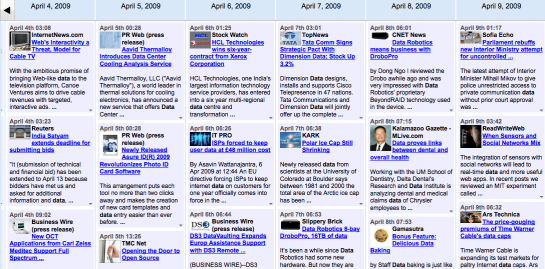
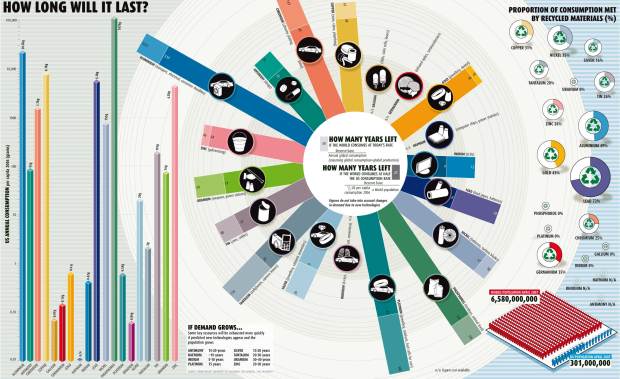
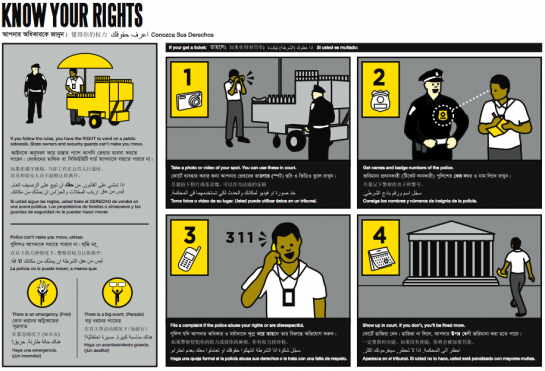
 Visualize This: The FlowingData Guide to Design, Visualization, and Statistics (2nd Edition)
Visualize This: The FlowingData Guide to Design, Visualization, and Statistics (2nd Edition)
